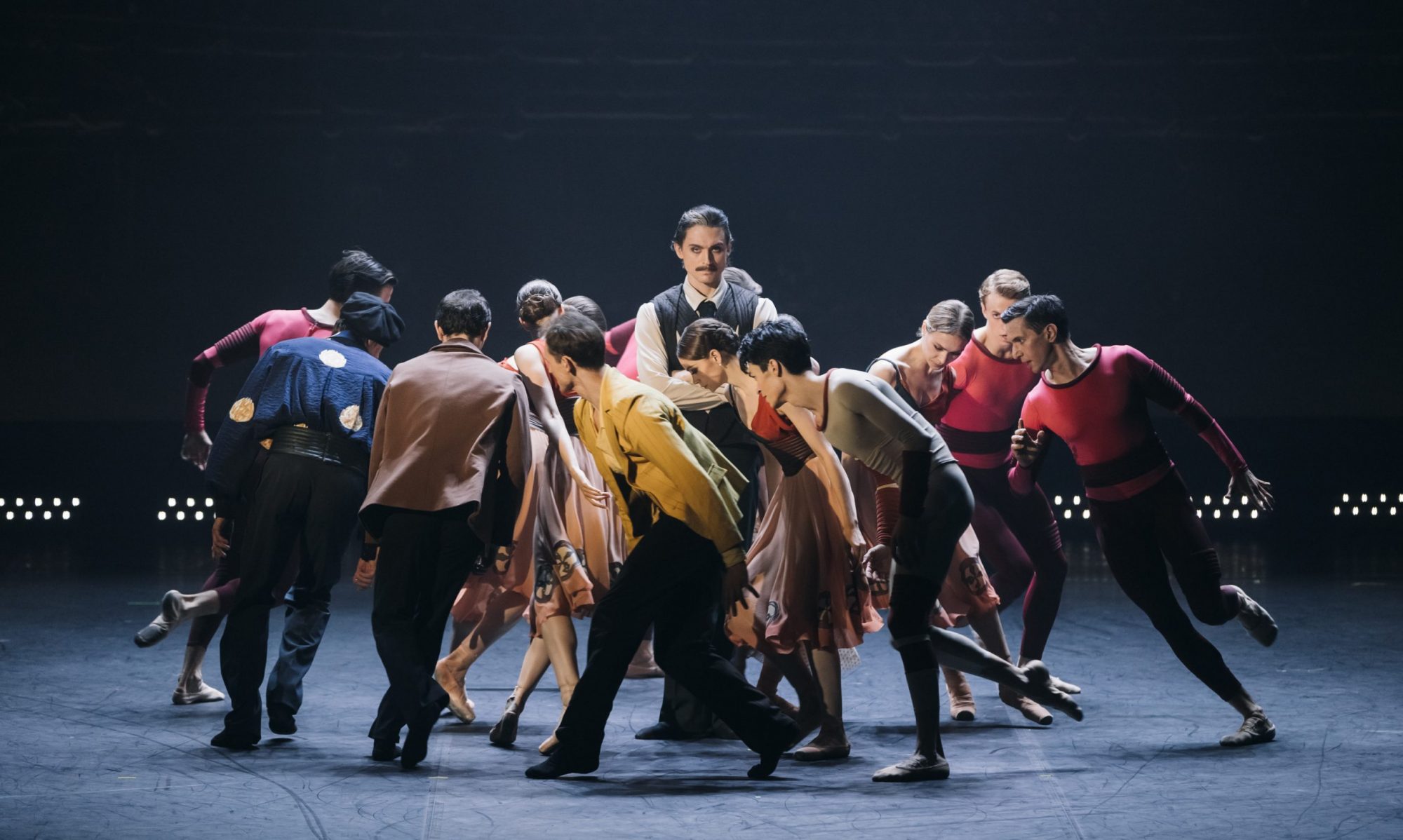“Giselle”
Semperoper Ballet
Semperoper
Dresden, Germany
April 18, 2015
by Ilona Landgraf
Copyright © 2015 by Ilona Landgraf
 Earlier this year, Courtney Richardson and Fabien Voranger enthralled Semperoper Dresden’s audience in the leading roles of David Dawson’s “Tristan + Isolde”. In April both had their debut in Dawson’s “Giselle”. I was curious as to how the two would tackle this quite different love story. The performance on April 18 – the second for Richardson and Voranger – was the last of this season’s run of “Giselle”.
Earlier this year, Courtney Richardson and Fabien Voranger enthralled Semperoper Dresden’s audience in the leading roles of David Dawson’s “Tristan + Isolde”. In April both had their debut in Dawson’s “Giselle”. I was curious as to how the two would tackle this quite different love story. The performance on April 18 – the second for Richardson and Voranger – was the last of this season’s run of “Giselle”.
For the specifics of Dawson’s version I would like to refer to what I wrote almost exactly one year ago (Landgraf on Dance: Last Dance). In short, Dawson’s reading of the classic is timeless yet modern. The roles of Berthe (Giselle’s mother) and the Duke of Courland are dropped; the first act’s hunting party is replaced by a wedding party; the miming scene foreboding disaster takes place in the course of the wedding festivities. The second act depicts Abrecht’s memories, his mental state, his process in coping with what had happened. Neither Hilarion appears again nor is there a grave. Nor are the Wilis avenging spirits. Rather, they remind one of impartial beings. Continue reading “Go All Out Again!”


